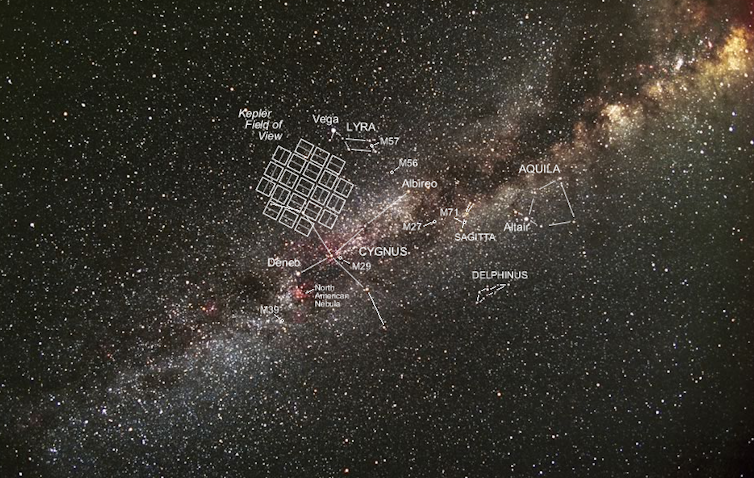The first terrestrial planets have been discovered by NASA’s Kepler Mission, which searches for planets between one half and twice Earth’s size in a relatively close region of the Milky Way.
The two planets, dubbed 20e and 20f, are orbiting Kepler-20, a solar body 945 light years from Earth. Kepler-20 is the the same G-class of star as the Earth’s sun, but slightly smaller and cooler.
Kepler-20 has already been found to have three gas planets in its solar system, but the 20e (which is .87 the radius of Earth) and 20f (1.03 radius) are presumed to be rocky.
The planets are closer to their star then ours is to the sun, however, with the more Earth-sized 20f orbiting in just 19.6 days and its surface temperature estimated at more than 426 degrees Celius. Even closer to its star is 20e, where a ‘year’ lasts just 6.1 days and surface temperatures are estimated to reach 760 degrees Celcius.
Publishing the findings in Nature this week, the researchers, led by Francois Fressin, of the Harvard-Smithsonian Center for Astrophysics, write: “Theoretical considerations imply that these planets are rocky, with a composition of iron and silicate. The outer planet could have developed a thick water vapour atmosphere.”
The Kepler Mission uses an orbiting photometer to search about 150,000 stars for planets in a field of the Milky Way between 600 and 3000 light years from Earth.
Among the Kepler discoveries is a double sun system of Kepler-16.





